The arrival of summer, with its promise of warmth and abundant light, often signals a period of vigorous growth for our beloved houseplants, including the resilient and air-purifying spider plant (Chlorophytum comosum). However, the summer months can also bring about a frustrating and unsightly issue: leaf tip burn. Characterized by dry, brown, or crispy tips on the otherwise vibrant green foliage, this problem can detract from the plant's aesthetic appeal and may indicate underlying stress. Understanding the various causes of spider plant leaf tip burn during summer is crucial for effective prevention and ensuring your plant thrives throughout the season.
Inconsistent Watering: A Major Cause of Spider Plant Brown Tips in Summer

One of the primary culprits behind summer leaf tip burn on spider plants is inconsistent or improper watering. As temperatures rise and daylight hours lengthen, spider plants generally require more frequent watering than in cooler months. The increased rate of transpiration, where the plant loses water through its leaves, coupled with faster evaporation from the soil, can quickly lead to dehydration if watering isn't adjusted accordingly. When the plant experiences periods of dryness, the delicate leaf tips are often the first to show signs of stress, resulting in browning.
Conversely, overwatering spider plants in summer can also contribute to the problem. Soggy soil suffocates the roots, hindering their ability to absorb water and nutrients effectively. This root damage can manifest as leaf tip burn, often accompanied by yellowing or wilting of the leaves. Establishing a consistent spider plant summer watering schedule that allows the top inch of soil to dry out between waterings is vital during the summer.
Water Quality: The Hidden Culprit Behind Spider Plant Leaf Burn

Another significant factor, particularly during intense summer heat, is the quality of water used for spider plants. Spider plants are sensitive to certain chemicals commonly found in tap water, such as fluoride, chlorine, and salts. Over time, these minerals can accumulate in the soil and at the leaf tips, leading to the characteristic burn. Using distilled water, rainwater, or letting tap water sit out for 24 hours to allow chlorine to dissipate can significantly reduce the risk of this type of damage and help prevent brown tips on your spider plant.
Too Much Sun: Protecting Spider Plants from Summer Scorching
Excessive direct sunlight can also be a major contributor to leaf tip burn on spider plants during the summer. While spider plants appreciate bright, indirect light, the intense rays of the midday or afternoon sun can scorch their delicate foliage. The leaf tips, being the furthest points from the plant's base, are often the most vulnerable to this type of burn. Positioning your spider plant in a location that receives bright, filtered light, such as near an east-facing window or further back from a south or west-facing window, is essential during the summer months. If moving the plant outdoors for the summer, ensure it is placed in a shady spot to avoid sunburnt spider plant leaves.
Low Humidity: Combating Dry Air for Healthy Spider Plant Tips
Furthermore, low humidity levels, often exacerbated by air conditioning use during hot summers, can stress spider plants and contribute to leaf tip burn. Spider plants thrive in environments with moderate to high humidity. Dry air can cause the leaf tips to dry out more quickly. Increasing humidity around your plant can be achieved through several methods, such as using a humidifier, placing the pot on a pebble tray filled with water (ensuring the pot doesn't sit directly in the water), or misting the plant regularly with distilled or rainwater to increase humidity for your spider plant in summer.
Fertilizer Buildup: Avoiding Burnt Spider Plant Tips from Overfeeding
Finally, an accumulation of salts from fertilizers can also lead to leaf tip burn. While spider plants benefit from occasional feeding during their active summer growth, over-fertilizing can cause a buildup of salts in the soil, which can damage the roots and manifest as burnt leaf tips. It's crucial to use a balanced liquid fertilizer diluted to half the recommended strength and to flush the soil periodically with distilled water to remove any accumulated salts and prevent fertilizer burn on your spider plant.
Preventing Spider Plant Leaf Tip Burn in Summer: A Comprehensive Guide
Preventing spider plant leaf tip burn in the summer requires a holistic approach to their care. By paying close attention to watering habits, ensuring the use of good quality water, providing appropriate light conditions, maintaining adequate humidity, and fertilizing judiciously, you can significantly reduce the likelihood of this unsightly issue. Regularly inspecting your plant's foliage for early signs of stress will also allow for timely adjustments to its environment and care routine, ensuring your spider plant remains a vibrant and healthy addition to your indoor space throughout the summer and beyond. Addressing these factors proactively will help your spider plant flourish and maintain its beautiful, unblemished foliage, allowing you to fully enjoy its air-purifying benefits and aesthetic charm.


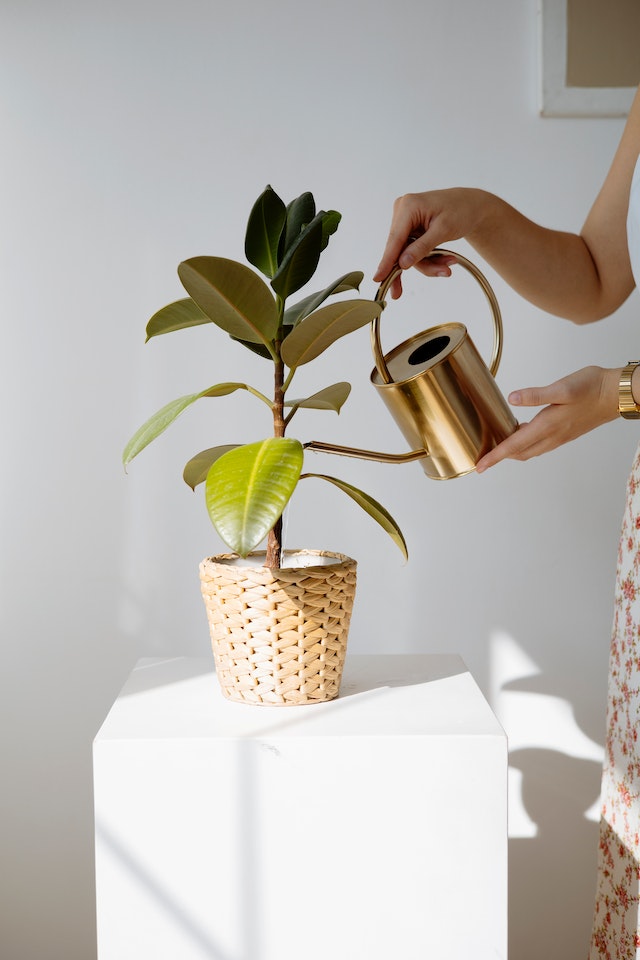


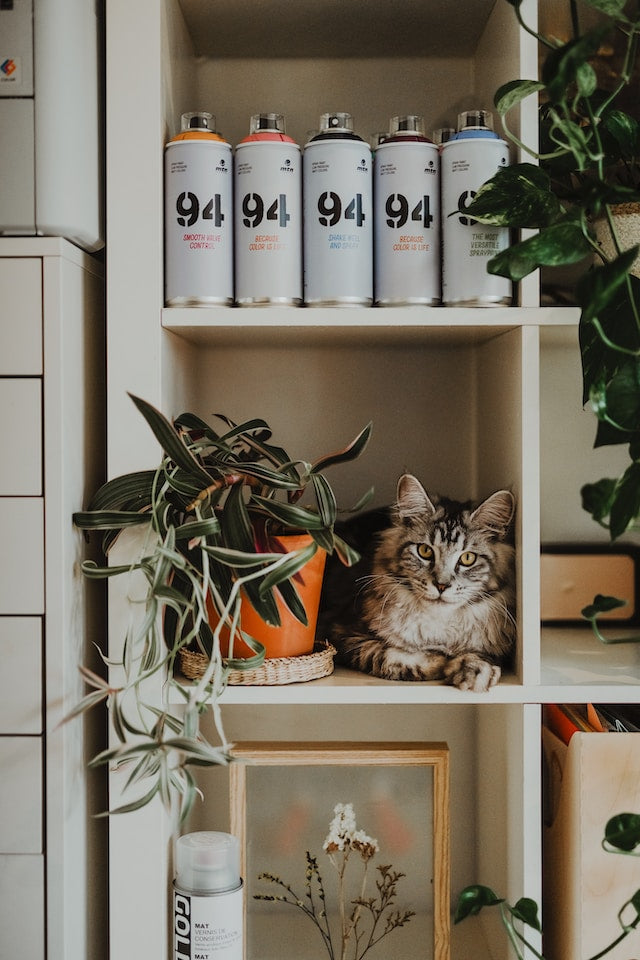

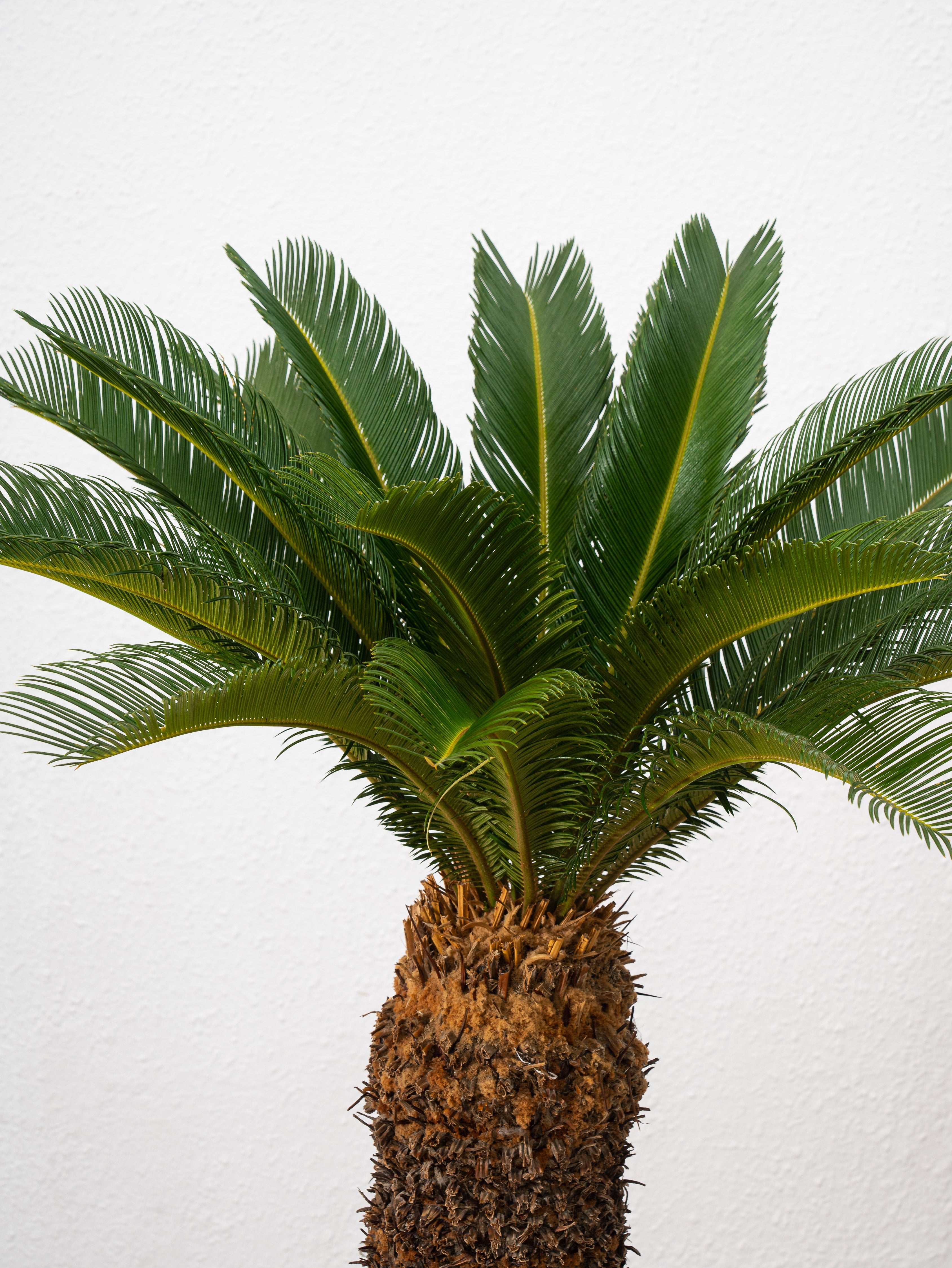
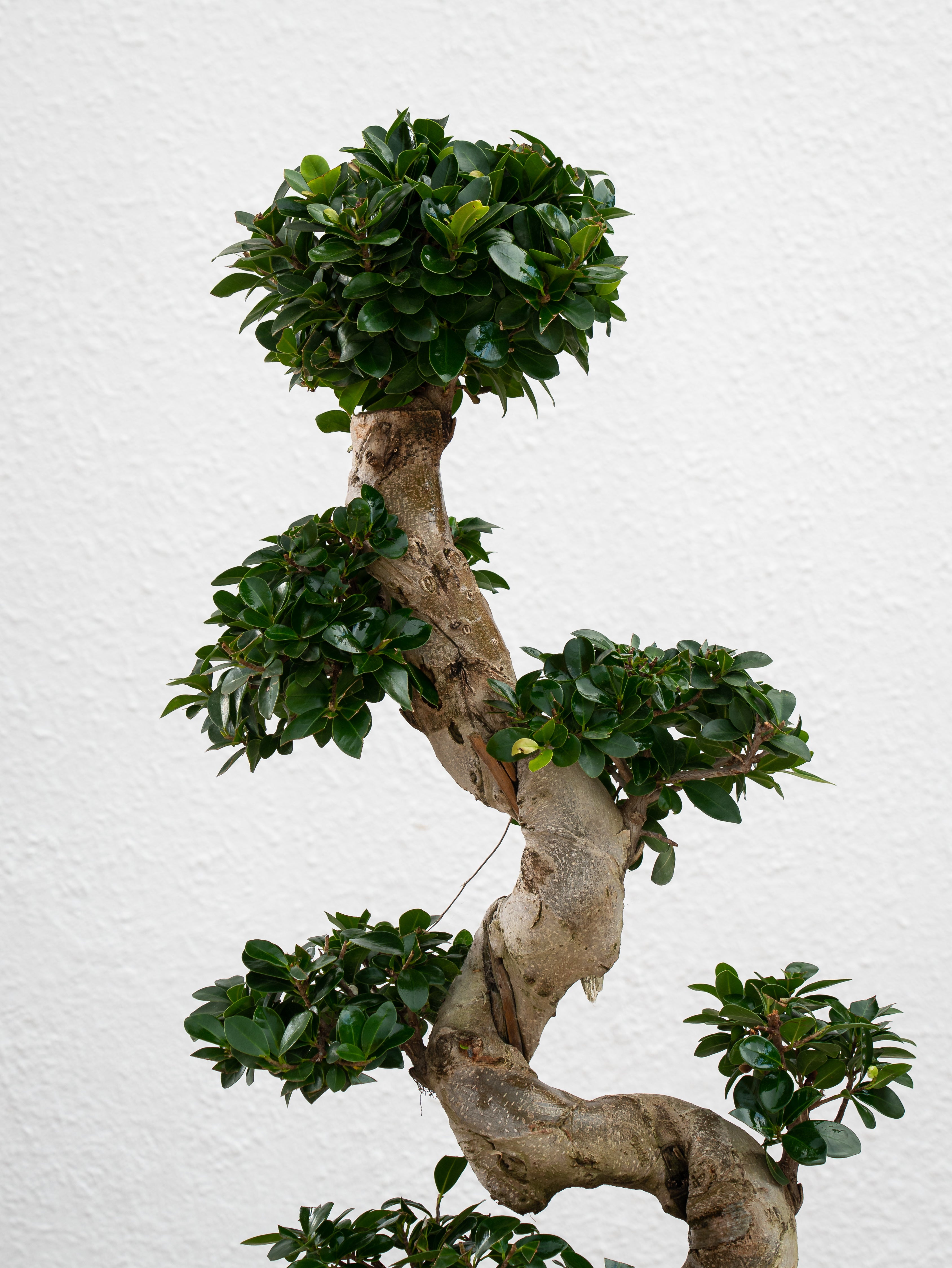
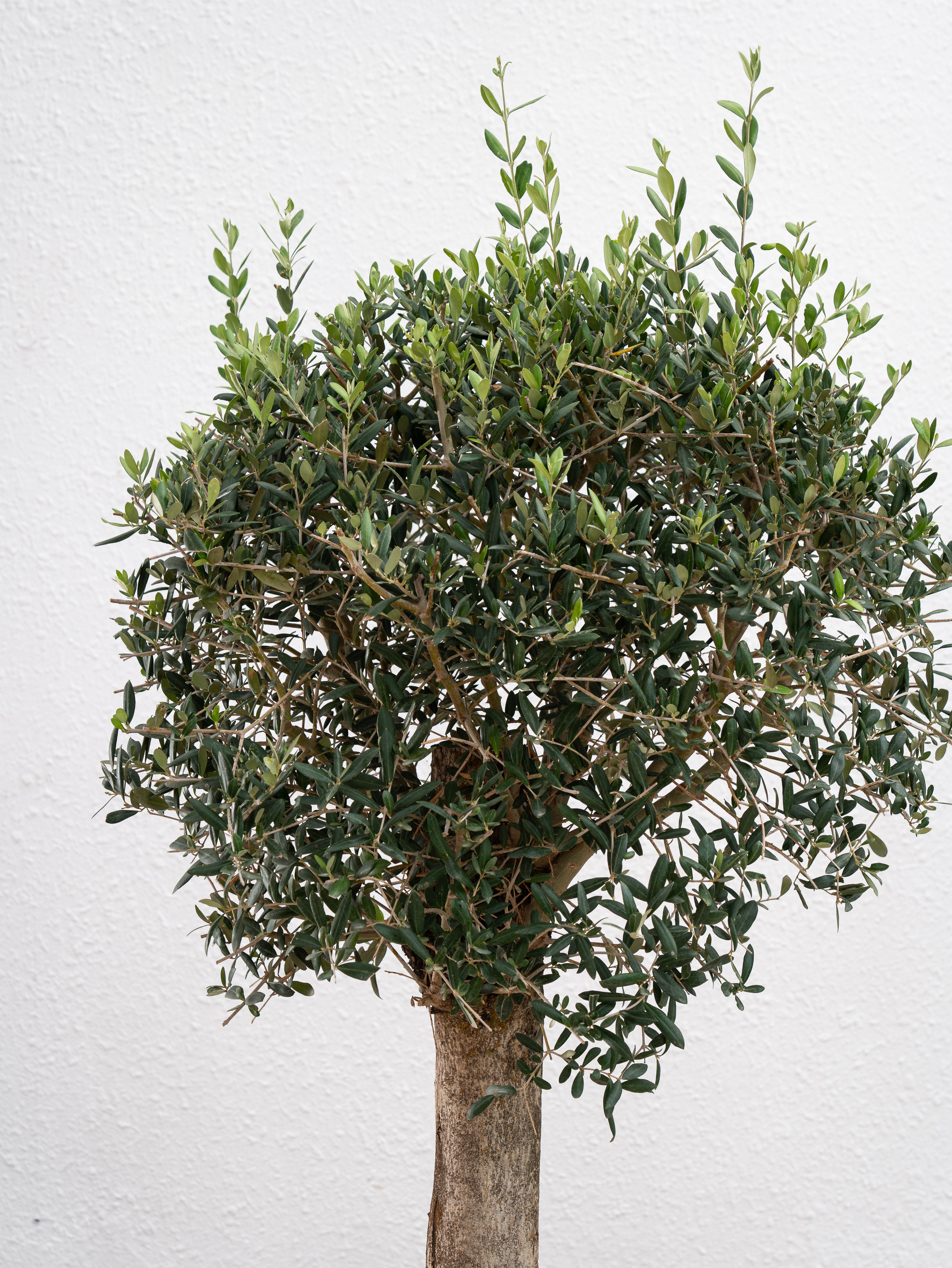

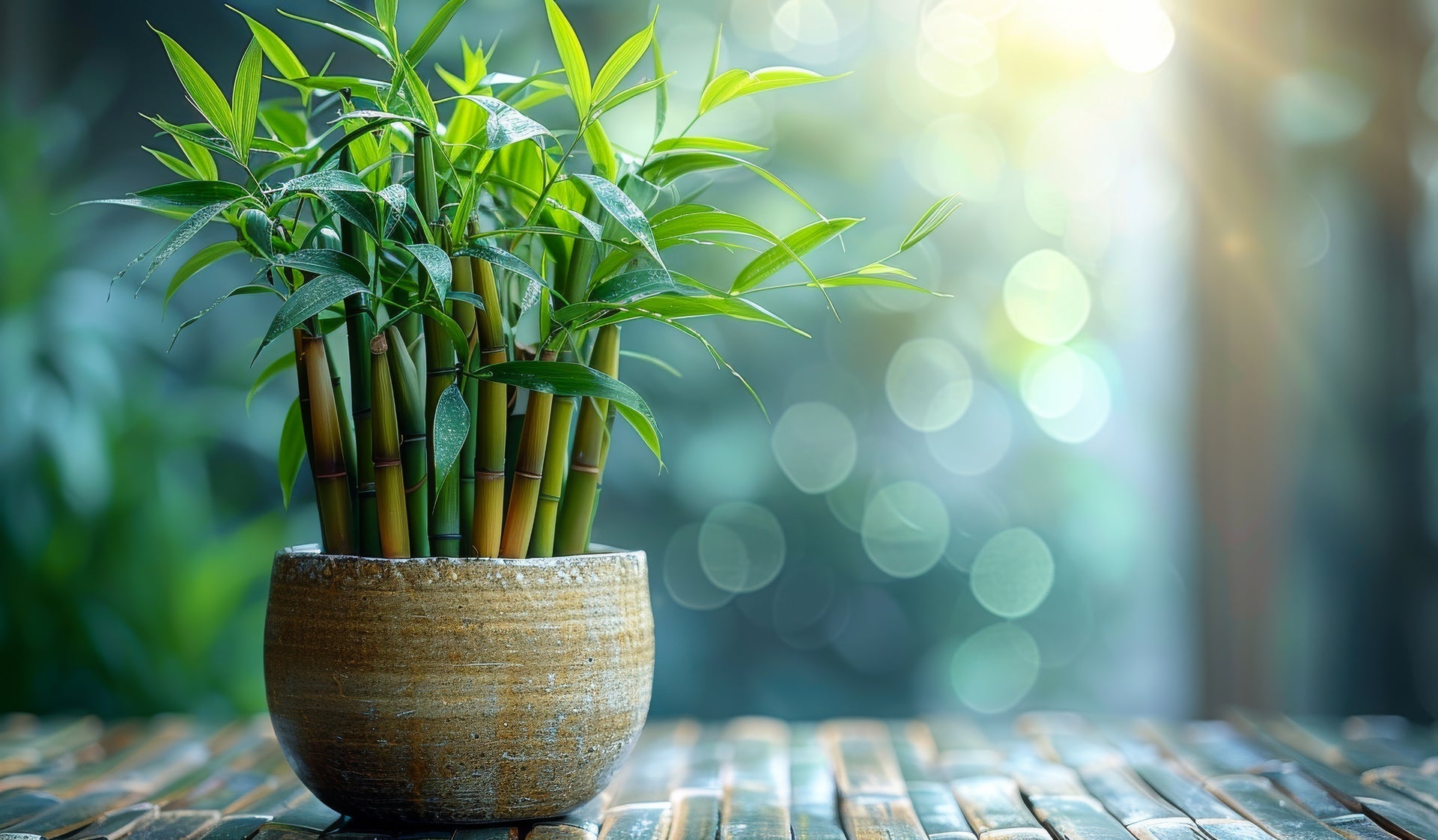
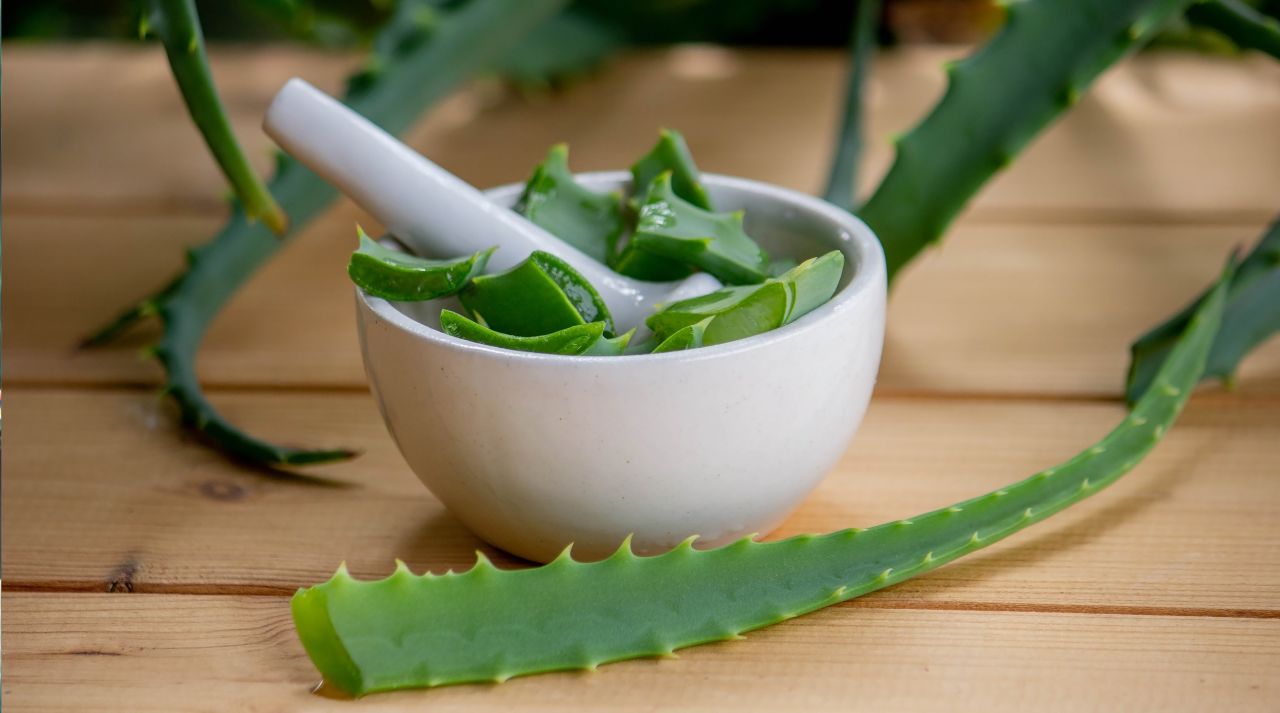
Leave a comment
This site is protected by hCaptcha and the hCaptcha Privacy Policy and Terms of Service apply.